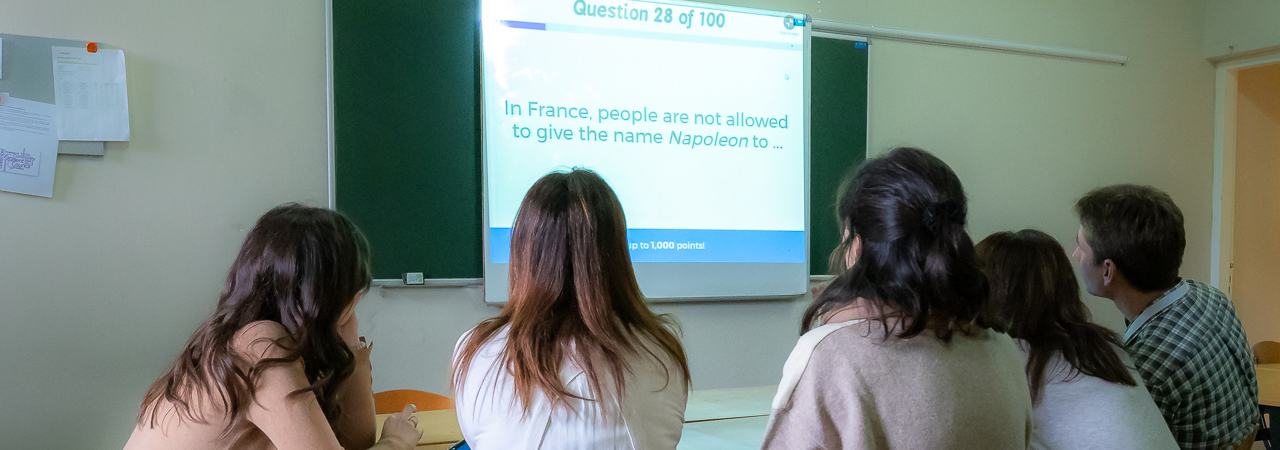
The ability to communicate in more than one language is essential to the concept of an international education that promotes intercultural understanding, and is central to the IB’s mission. The study of additional languages in the MYP provides students with the opportunity to develop insights into the features, processes and craft of language and the concept of culture, and realise that there are diverse ways of living, behaving and viewing the world.
Language acquisition offers students the opportunity to explore and reflect on the cultural perspectives of our own and other communities, which is central to developing critical thinking and international-mindedness. It greatly contributes to the students’ holistic development and to the strengthening of lifelong learning skills. It equips students with the necessary multiliteracy skills and attitudes to communicate successfully in various global contexts.
The aims of MYP language acquisition are to encourage and enable students to:
- gain proficiency in an additional language while supporting maintenance of their mother tongue and cultural heritage
- develop the communication skills necessary for further language learning, and for study, work and leisure in a range of contexts
- understand the nature of language and the process of language learning
- develop a respect for, and understanding of, diverse linguistic and cultural heritages
- develop curiosity, inquiry and a lifelong interest in language learning
Not only do students learn an additional language, but learn through language. Language is used as an inquiry tool to facilitate key concepts such as communication, connections, creativity and culture. Through unit planners, students have the opportunity to learn the language, but primarily to understand how to use language appropriately to communicate effectively.
Taking into account the needs and skills of the students, additional language students are placed into 6 phases / levels in the MYP. Each phase has specific goals, and all phases are assessed using the same criteria.
Assessment criteria
Each language acquisition objective corresponds to one of four equally weighted assessment criteria. Each criterion has 8 possible achievement levels (1-8), divided into 4 bands with unique descriptors which are used by teachers to assess pupils’ work.
Criterion A: Listening
Criterion B: Reading
Criterion C: Speaking
Criterion D: Writing


